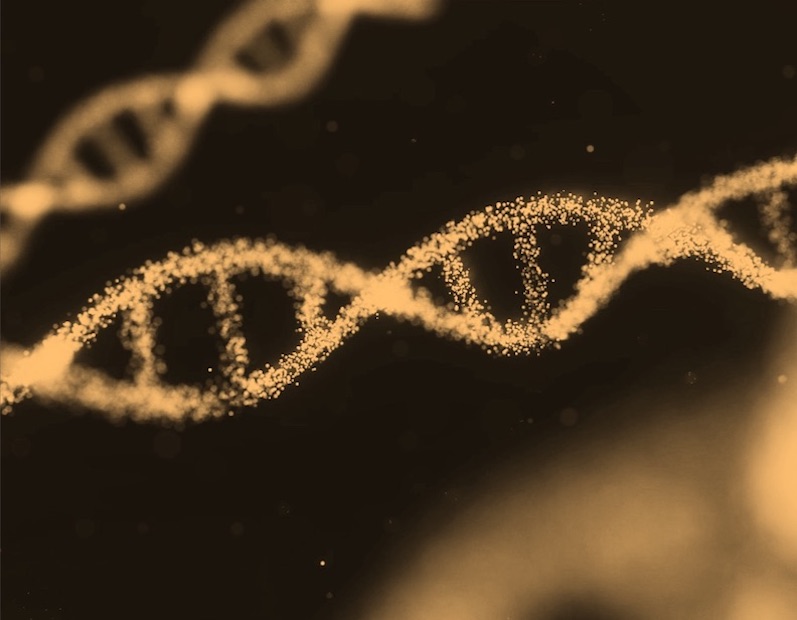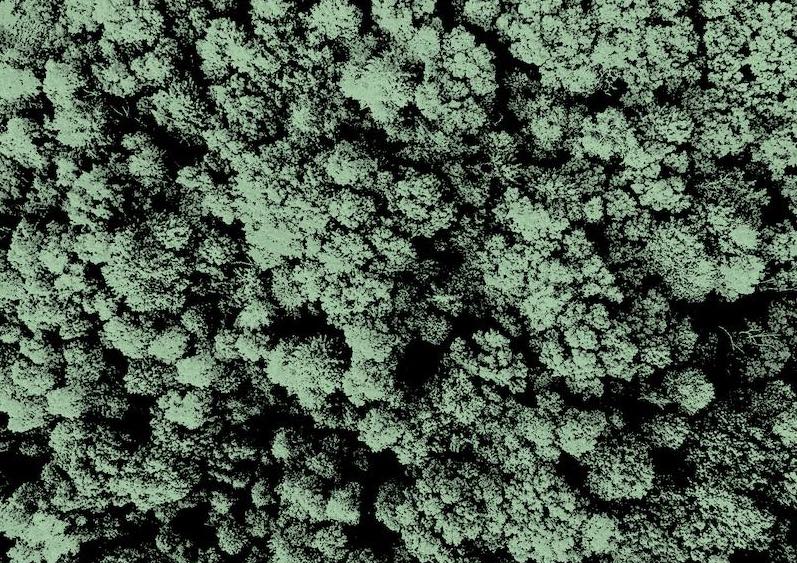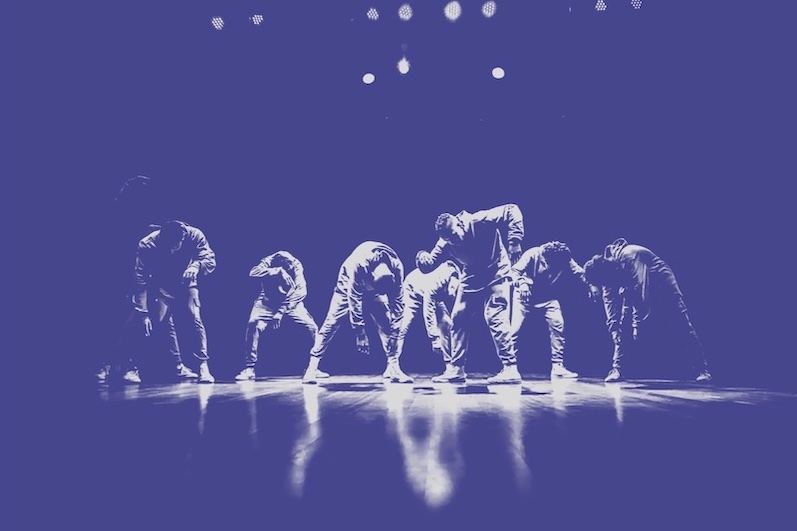What is it about?
The COVID-19 pandemic had unequal effects on populations of different races/ethnicities, demographics, health and socioeconomic characteristics. This study shows that the relationship with per capita COVID-19 cases and deaths changed through time for these different groups. These changes coincided with new variants, viral outbreaks, vaccination, and societal responses. Importantly, we found that many societal characteristics had strong relationships with COVID-19 in the first four to six months of the pandemic, and then changed and often fluctuated.
Featured Image

Photo by KOBU Agency on Unsplash
Why is it important?
The implication of our work is that how society responds to a pandemic must change through time, and that the first six months of a pandemic is a critical time to protect vulnerable groups from disproportionate impacts. This can inform equitable responses to future pandemics.
Perspectives
“I really valued working with a microbiologist and a sociologist to learn about social epidemiology and understand the pandemic in ways that I otherwise wouldn’t have.” – Philip Bergmann
Philip Bergmann
Clark University
Read the Original
This page is a summary of: County-level societal predictors of COVID-19 cases and deaths changed through time in the United States: A longitudinal ecological study, PLOS Global Public Health, November 2022, PLOS,
DOI: 10.1371/journal.pgph.0001282.
You can read the full text:
Contributors
The following have contributed to this page







